
I engage in the body, which I view as a machine, attracted to moments of breakdown. Illness and pain are the raw materials comprising my personal alchemy. A feeling of discovery ensues when the two coalesce into an image. Inert and organic materials originating in my own and foreign bodies are the elements with which I work. Similar to a chemical reaction, they undergo a transformation to come together into a lyrical image that sometimes loses its source entirely, a process of abstraction.
Like producing a sound reflected back as an echo, my work turns to parallel worlds that respond in poetry, painting, and body art. These are the realms which I visit from time to time and from which I always return to photography, as I am deeply rooted in its tradition and history.
Although I am a photographer, I rarely make documentary works. I work mainly with existing photographic materials, which become the working tools in my experimental laboratory in which images are constructed and deconstructed.
I frequently make use of X-rays, road maps, and photographs from books and printed periodicals. I consider them puzzles or codes I seek to decipher. Paradoxically, the decoding process mostly creates a new secret.
Over the past few years, scanning has become my major work mode. While the camera is the natural extension of the eye and body of the subject who gazes, the scanner maintains an objective distance, without a stance or hierarchy, remaining simultaneously unemotional and sensuous.
Throughout my years of making art, I make frequent use of archaic manual processes, which have become almost irrelevant.
Art enables me to engage in unnecessary actions with their technical clumsiness as I long for materiality in a world in which it is absent.
This story is from the Issue #54 December 2020 edition of Art Market.
Start your 7-day Magzter GOLD free trial to access thousands of curated premium stories, and 8,500+ magazines and newspapers.
Already a subscriber ? Sign In
This story is from the Issue #54 December 2020 edition of Art Market.
Start your 7-day Magzter GOLD free trial to access thousands of curated premium stories, and 8,500+ magazines and newspapers.
Already a subscriber? Sign In
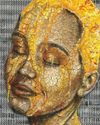
Katja Nordmeyer – Cracks, Beauty, and Soul
Katja Nordmeyer's career initially took her into the fashion world, but her passion for painting never left her, and she always felt that painting was what she was destined to do.
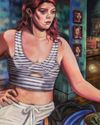
Negar Jahanbakhsh – Human self-reflection
Negar Jahanbakhsh (b. 1986, Isfahan) is an internationally award-winning Iranian artist who exhibited her art in countless solo and group exhibitions around the globe, participated in auctions and was awarded prestigious prizes for her unique art.
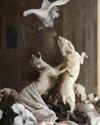
An Exclusive Interview With Guillermo Lorca
Guillermo Lorca García Huidobro is a well-renowned painter of classical oil. Early paintings have been successfully exposed and sold through important art exhibitions, including The Asprey Exhibition in London and the exhibition "The eternal life" in the most important museum in Chile.
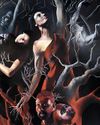
An Exclusive Interview With Kathryn Jacobi
Sleepwalking Through the Apocalypse.
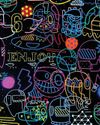
An exclusive interview with Lucas Lamenha
"The following pieces are part of a new collection developed from universal pop culture references and bring new characters and elements created from memories and inspirations of my daily life and reflections."
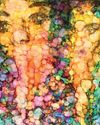
NATAŠA GREGORIČ NABHAS
Dialog with Monet
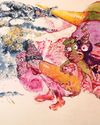
Katja Tomzig
CREATING A NEW WORLD
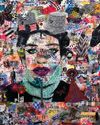
IVONNE WAISSMANN
capturing beauty
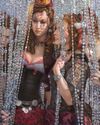
EDSON CAMPOS
Born in Rio de Janeiro, Brazil, Edson Campos has enjoyed sketching and painting since childhood.
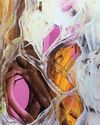
Viktoria Ganhao
BETWEEN SUBTLE FIGURATION AND LYRICAL ABSTRACTION